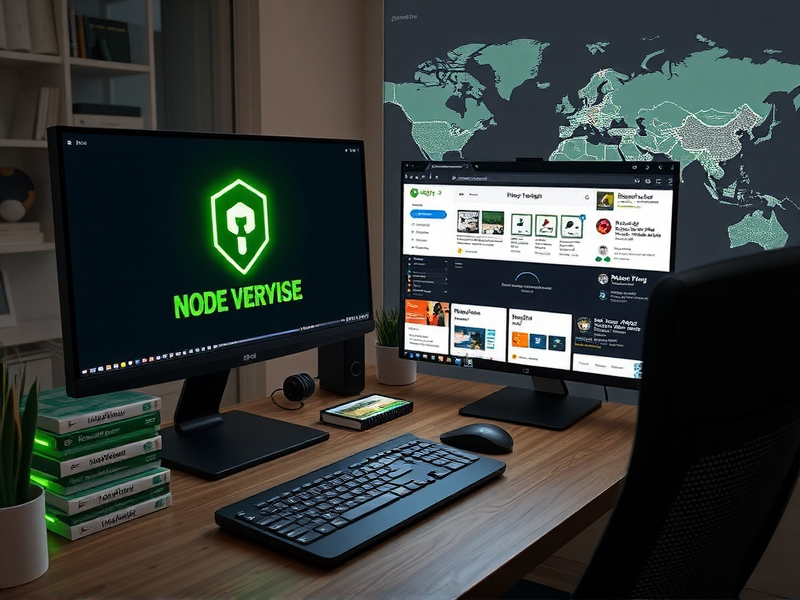Threat Overview
A newly published threat report by AlienVault on September 24, 2025, highlights a sophisticated campaign involving NodeJS backdoors. These backdoors are used to distribute proxyware and various monetization schemes. The attackers leverage Inno setup installers to drop PowerShell scripts that download and execute malicious NodeJS packages containing harmful JavaScript.
Detailed Analysis
The report provides an in-depth analysis of the tactics, techniques, and procedures (TTPs) employed by the threat actors. The backdoors are designed to collect extensive system information, communicate with command and control (C2) servers, and execute a range of commands, including additional PowerShell scripts and Node.js code.
The campaign is associated with multiple proxyware applications such as Infatica, Honeygain, earnFM, and PacketLab. These applications are often disguised as legitimate software to trick users into installing them. Once installed, they can track user navigation through browser extensions and potentially redirect users to malicious URLs.
Infrastructure and Distribution
The attackers utilize a complex infrastructure involving numerous domains and cloud services for hosting malware and C2 servers. This distributed approach makes it challenging to trace the origin of the attacks and disrupt their operations.
The use of Inno setup installers is a notable tactic, as they are commonly used for legitimate software installations. By embedding malicious PowerShell scripts within these installers, attackers can bypass some security measures and deliver their payloads more effectively.
Impact and Mitigation
The impact of this campaign can be significant, as it involves the unauthorized use of user systems for proxy services and other monetization schemes. Users may experience reduced performance, increased data usage, and potential exposure to further malware infections.
To mitigate these threats, organizations should implement robust security measures, including:
- Regular Updates: Ensure that all software, including NodeJS and related packages, is kept up-to-date with the latest security patches.
- Endpoint Protection: Deploy advanced endpoint protection solutions that can detect and block malicious scripts and installers.
- User Education: Train users to recognize and avoid suspicious downloads and installations. Emphasize the importance of downloading software only from trusted sources.
- Network Monitoring: Implement network monitoring tools to detect unusual traffic patterns that may indicate communication with C2 servers.
- Browser Security: Use browser extensions that can block malicious websites and track user navigation. Regularly review and remove unnecessary extensions.
Recommendations for Security Analysts
Security analysts should focus on the following areas to better understand and defend against these threats:
- Threat Intelligence: Stay updated with the latest threat intelligence reports from reputable sources like AlienVault. Regularly review and incorporate this information into your security strategies.
- Behavioral Analysis: Use behavioral analysis tools to detect anomalies in system behavior that may indicate the presence of backdoors or malicious scripts.
- Incident Response: Develop and regularly update incident response plans to quickly identify, contain, and eradicate threats. Ensure that all team members are trained on these procedures.
- Collaboration: Collaborate with other security teams and organizations to share information and best practices. Join threat intelligence sharing communities to gain insights from others facing similar challenges.
Conclusion
The campaign involving NodeJS backdoors delivering proxyware and monetization schemes highlights the evolving nature of cyber threats. By understanding the TTPs used by these attackers and implementing robust security measures, organizations can better protect themselves against these sophisticated attacks. Regular updates, user education, and advanced endpoint protection are key to mitigating these risks.
References
For additional information, please refer to the following resources:


